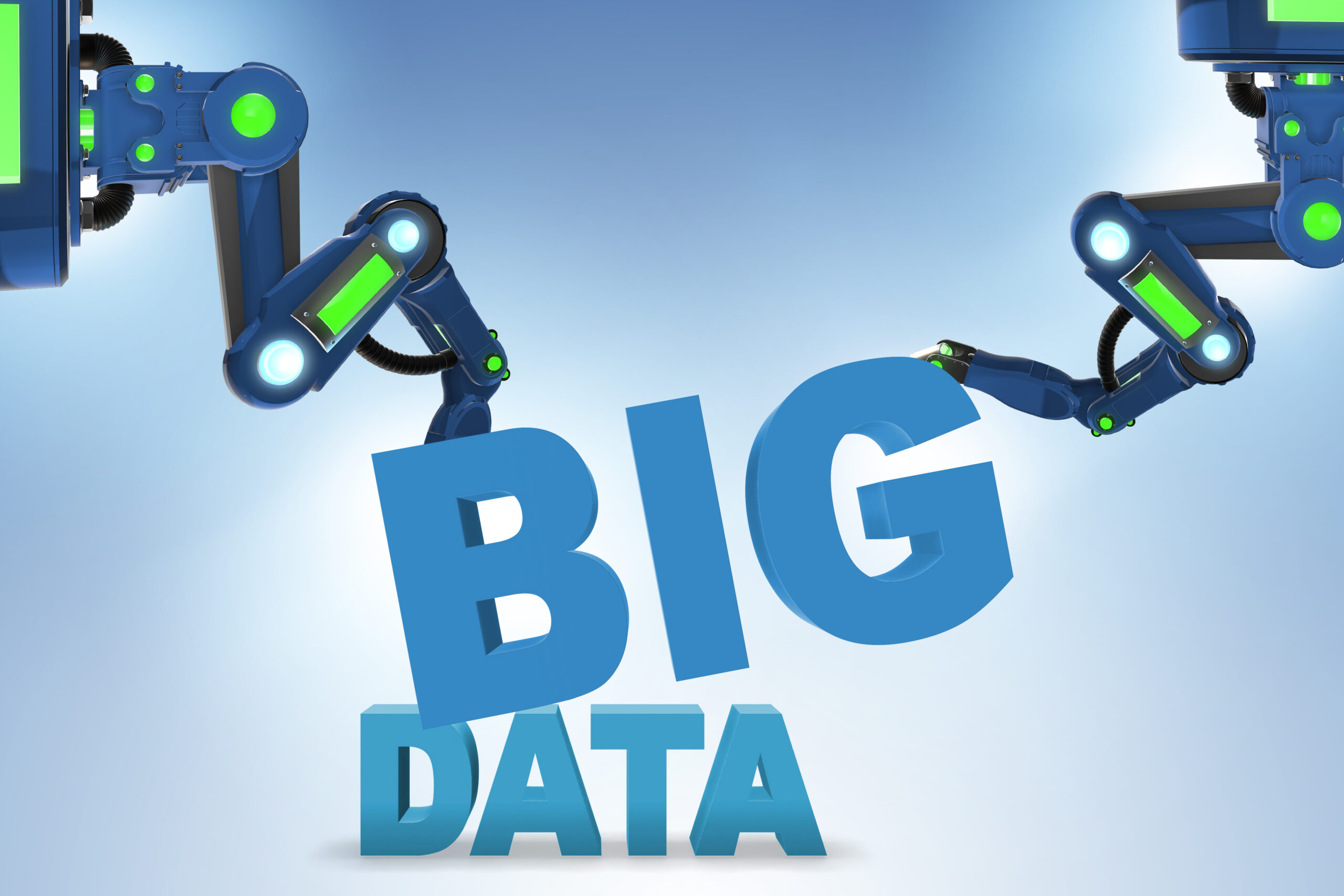For the past few months, there has been just one, perhaps two buzzwords in the tech world: Artificial Intelligence. Those who have been in the IT industry since its early days might recall that such a buzz wasn’t there even when the Internet exploded in the market. The closest, if one could recall, was when computers suddenly became sexy after Windows 95 operating system was brought out by Microsoft with its captivating user interface during the mid-90s replacing black monitor screens where green and white alphanumeric characters constantly blinked resembling a vitals monitor in any ICU.
Ever since OpenAI exposed its ChatGPT to the world, techies, non-techies, artists, writers, housewives, children and even their grandfathers and grandmothers have only been talking about the ocean of possibilities that came with computer-generated intelligence and whether it might, or might not, make actual intelligence redundant. While concerns have been raised all along, including from some of the founding fathers of AI, on how the latest technology could threaten humans, not many took them seriously as any emerging technology has its resident sceptics.
However, a new advertisement put out by Microsoft last week has unveiled a different kind of threat – a more real and, perhaps, pertinent one. The company that revolutionized computing with its PCs had put out a job posting for a ‘principal program manager’ who’ll be responsible for implementing a global Small Modular Reactor (SMR) and microreactor energy strategy’. The post went on elaborate that the senior position would lead the assessment for integrating SMR and microreactors to power the data centers that Microsoft Cloud and AI reside on.’
Microsoft put out a job posting for a ‘principal program manager who’ll be responsible for implementing a global Small Modular Reactor (SMR) and microreactor energy strategy’.
Microsoft
Since this announcement came, the tech world has been churning out a range of metrics on why an AI-powered future would require enormous amounts of power to operate and that going the nuclear way could be the only viable option left to provide decarbonized energy. According to a report put out by the Digital Information World, AI model training in data centers might consume up to three times the energy of regular cloud workloads. The power consumption in data centers is expected to exceed a whopping 35 gigawatts (GW) per year by 2030 more than tripling the amount consumed last year (2022).
In a recent interview, University of Pennsylvania’s Deep Jariwala, assistant professor in the Department of Electrical and Systems Engineering at the School of Applied Science and Engineering, and Benjamin Lee, Professor in the Department of Electrical and Systems Engineering and the Department of Computer and Information Science have dished out some statistics that could throw more light on the energy demands of AI. According to Jariwala, an estimate from the Semiconductor Research Corporation, a consortium of all the major semiconductor companies, states that if the world continues to scale data at this rate using silicon to store memory, we will outpace the global amount of silicon produced every year. “So, pretty soon we will hit a wall where our silicon supply chains won’t be able to keep up with the amount of data being generated,” he says. “Couple this with the fact that our computers currently consume roughly 20-25 per cent of the global energy supply, and we see another cause for concern. If we continue at this rate, by 2040 all the power we produce will be needed just for computing, further exacerbating the current energy crisis.”
According to Lee, each data center facility consumes in the order of 20 megawatts up to 40 megawatts of power, and are running at 100 per cent utilisation most of the time, which means all the processors are kept busy with some work round the clock. So, a 20-megawatt facility probably draws 20 megawatts fairly consistently — enough to power roughly 16,000 (US) households — computing as much as it can to amortise the costs of the data centre, its servers, and power delivery systems.
These numbers dished out by Jariwala and Lee explains the need for large tech corporations to look the nuclear way to stay ahead of competition and thus, Microsoft’s recent job postings.

What is an SMR?
For those who have been tracking developments in the field of nuclear power, SMR can no longer be a jargon. The nuclear world has been advocating for a while now that SMR’s are a sustainable and clean energy option with significantly improved safety mechanisms in place. Even the Indian government has been looking at SMRs as a viable energy source for smaller towns and large corporations.
According to the International Atomic Energy Agency (IAEA), small modular reactors (SMRs) are advanced nuclear reactors that have a power capacity of up to 300 MW(e) per unit, which is about one-third of the generating capacity of traditional nuclear power reactors. SMRs, which can produce a large amount of low-carbon electricity, are:
- Small – physically a fraction of the size of a conventional nuclear power reactor.
- Modular – making it possible for systems and components to be factory-assembled and transported as a unit to a location for installation.
- Reactors – harnessing nuclear fission to generate heat to produce energy.
The IAEA claims that many of the benefits of SMRs are inherently linked to the nature of their design – small and modular. Given their smaller footprint, SMRs can be sited on locations not suitable for larger nuclear power plants. Prefabricated units of SMRs can be manufactured and then shipped and installed on site, making them more affordable to build than large power reactors, which are often custom designed for a particular location, sometimes leading to construction delays. SMRs offer savings in cost and construction time, and they can be deployed incrementally to match increasing energy demand.
SMRs in India
In November 2022, the department of Atomic Energy, Government of India had organized a workshop on Small Modular Reactors when Union Minister of State (Independent Charge), Science and Technology Dr. Jitendra Singh called upon private sector and start-ups to explore development of SMR within India. He said India was taking steps for development of SMR with up to 300 MW capacity to fulfil its commitment to clean energy transition. He also added that SMRs offered significant savings in cost and construction time and was a promising technology in industry decarbonisation. The DAE also claimed that SMR was safer than conventional nuclear plants.
How safe are SMRs?
According to the Department of Energy, USA, SMR designs have the distinct advantage of factoring in current safeguards and security requirements. They claim that facility protection systems, including barriers that can withstand design basis aircraft crash scenarios and other specific threats, are part of the engineering process being applied to new SMR design. Most SMRs are claimed to be built below grade for safety and security enhancements, addressing vulnerabilities to both sabotage and natural phenomena hazard scenarios. These SMRs could be fabricated and fueled in a factory, sealed and transported to sites for power generation or process heat, and then returned to the factory for defueling at the end of the life cycle. This approach could help to minimize the transportation and handling of nuclear material. Light water-based SMRs are expected to be fueled with low enriched uranium, i.e., approximately 5 per cent U-235, similar to existing large nuclear power plants, according to the DOE. ‘The ‘security by design’ concepts being applied to these technologies are expected to increase SMR resistance to theft and diversion of nuclear material.
However, researchers at the Stanford University and University of British Columbia point out that small modular reactors would actually generate more radioactive waste than conventional nuclear power plants. A study titled ‘Nuclear Waste from Small Modular Reactors’ published in May 2022 claims that ‘SMR waste streams that are susceptible to exothermic chemical reactions or nuclear criticality when in contact with water or other repository materials are unsuitable for direct geologic disposal’. Hence, the large volumes of reactive SMR waste need to be treated, conditioned, and appropriately packaged prior to geological disposal and these processes would introduce significant costs—and likely, radiation exposure and fissile material proliferation pathways—to the back end of the nuclear fuel cycle and entail no apparent benefit for long-term safety. However, there have been other studies/reports that also claim nuclear waste generated from SMRs are unlikely to be any different from conventional reactors.

The new job advertisement brought out by Microsoft, however, raises a different set of concerns. If Microsoft goes the nuclear way to power their giant data centers, other large corporations cannot be far behind. With the Indian government urging even startups to consider SMRs to power their business, soon we could live in a world where nuclear-powered industries dot the urban as well as rural landscapes across the country. With concerns on the safe disposal of SMR nuclear waste as well as on availability of robust mechanisms to prevent nuclear mishaps still a possibility, as claimed by researchers, third world countries face the likely threat of becoming the dumping ground for nuclear waste generated by top multinational corporations as has been the case in the past with e-waste waste. Could the world’s poor, who might have no real use for any form of AI, become the housekeepers for all the nuclear muck it would generate?
Anti-nuclear activists claim that SMR’s are just old wine in a new bottle. According to them, with large nuclear power plants no longer finding patronage among the general public, SMRs are an alternative to bring about the nuclear renaissance by its patrons. S P Udayakumar, a committed anti-nuclear activist and convenor of the People’s Movement Against Nuclear Energy feels that the buzz around SMR’s is just an ‘artificial hype’ to propagate the nuclear industry. “For decades, proponents of nuclear power have claimed it will account for meeting a significant portion of the total power demand. But that has not materialized as we can see. Now they are selling this,” he said.
“If SMRs are everywhere, how difficult will it be for a terror group to lay hands on it. We could see a situation where country bombs replaced by country nuclear bombs if the technology is used everywhere”
S P Udayakumar
With SMRs, Udayakumar is more concerned about the compact nuclear reactors falling into the wrong hands. “The claim so far is that SMRs are safe. Even then, if SMRs are everywhere, how difficult will it be for a terror group to lay hands on it. We could see a situation where country bombs replaced by country nuclear bombs if the technology is used everywhere,” he quipped.



